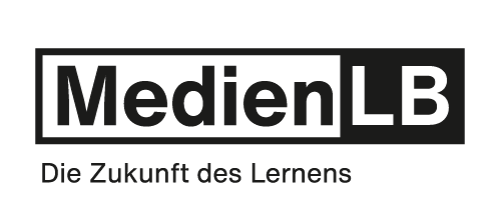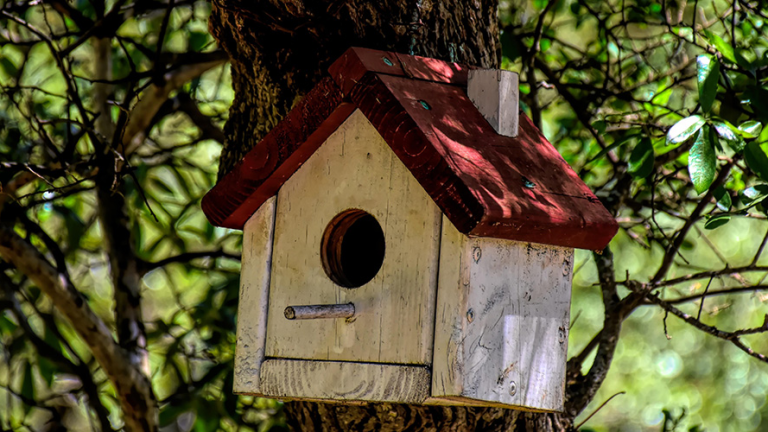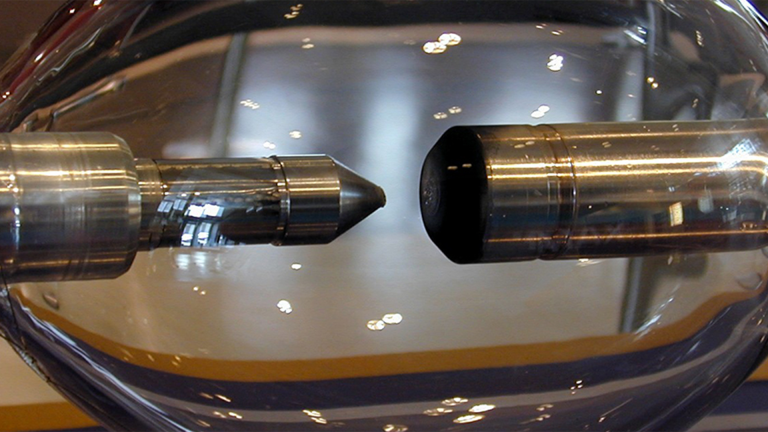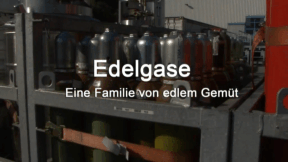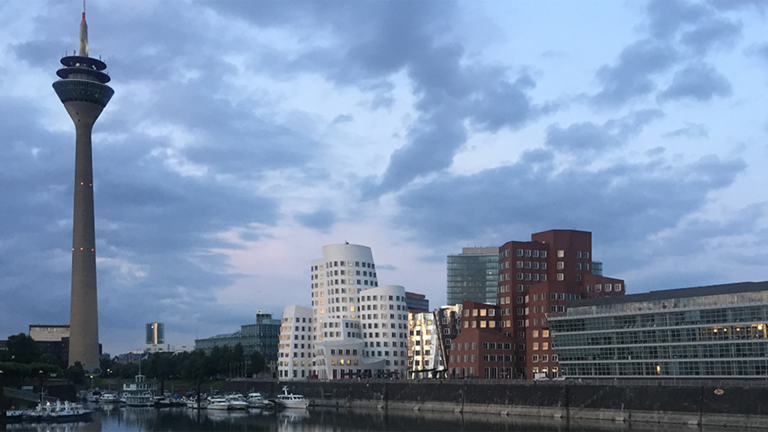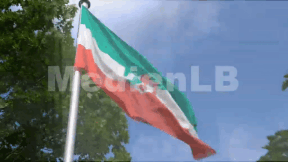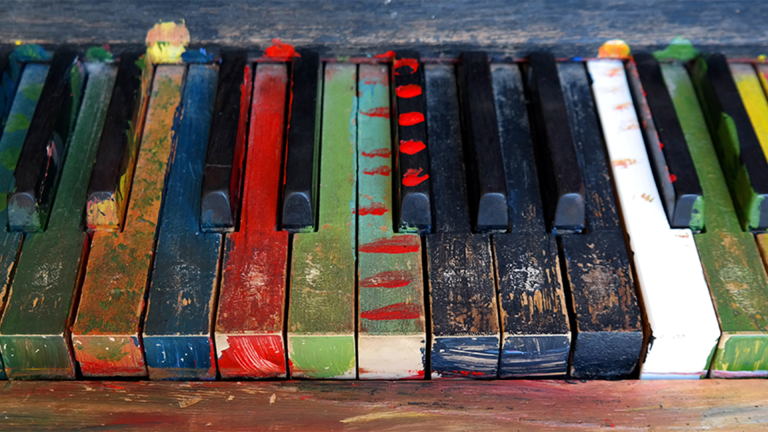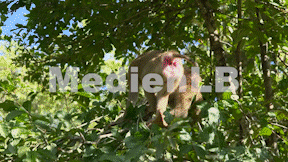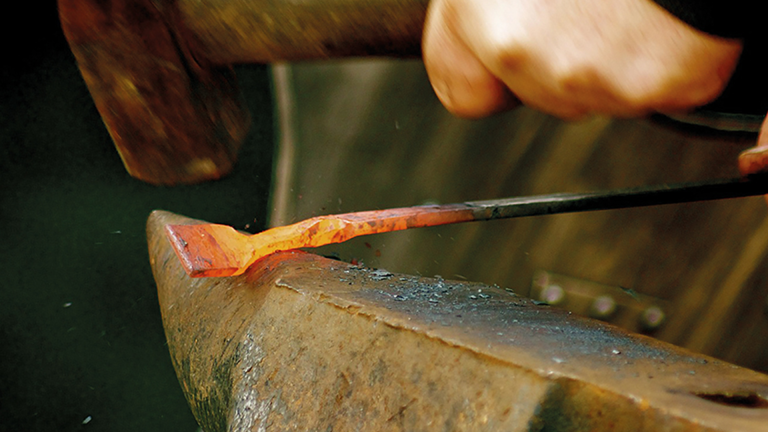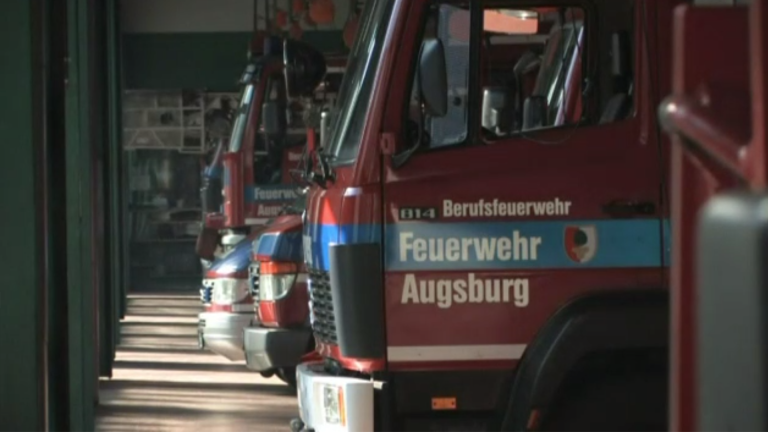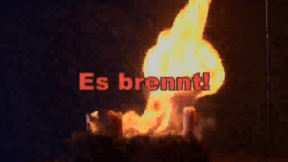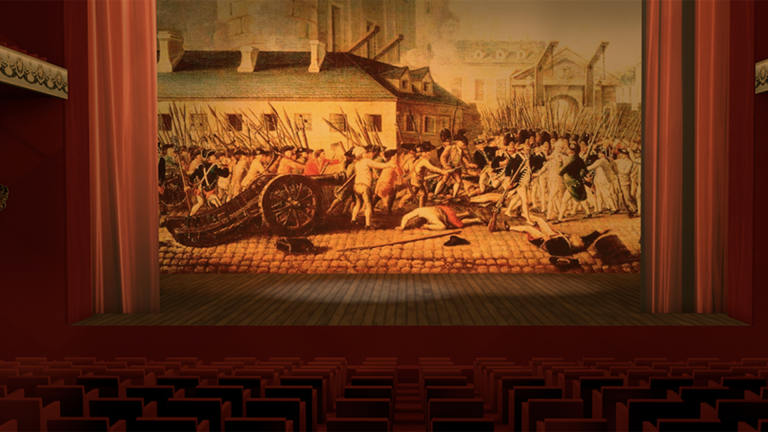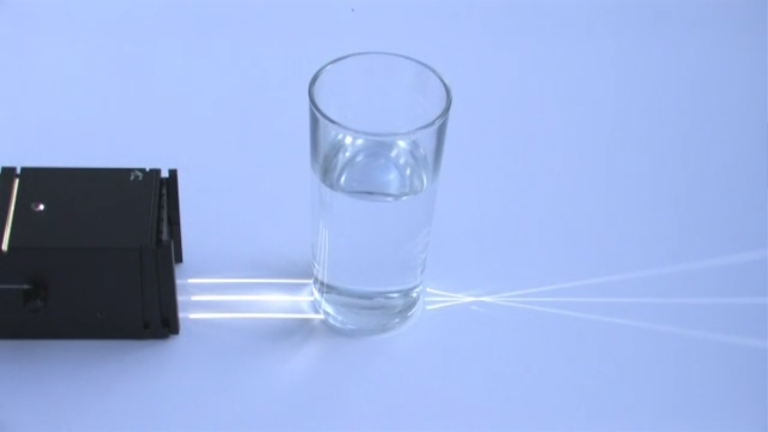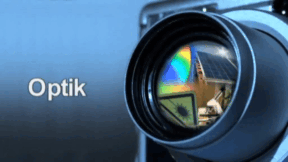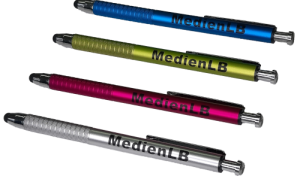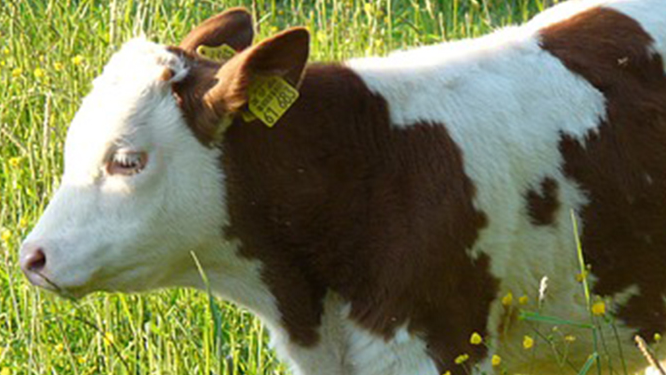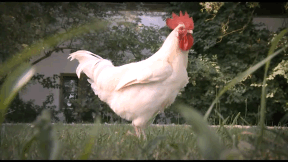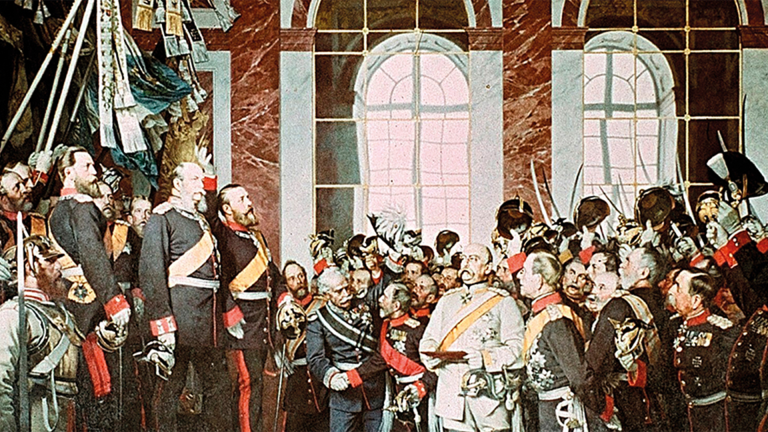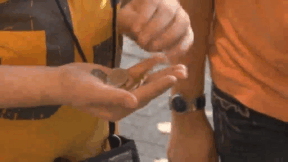Suche:
- # Artistry
- # Biology
- # Chemistry
- # Ecological
- # Economy
- # English
- # Foreign Language
- # Geography
- # German
- # Health
- # History
- # Informatik
- # Latin
- # Mathematics
- # Media Education
- # Music
- # Physics
- # Politics / Civics
- # Preschool
- # Primary School
- # Religion
- # Society
- # Sports
- # Technology
- # Training of Teachers
- # Vocational Education
Noble Gases
Xenon, Helium, Neon, Argon, Krypton and the radioactive Radon belong to the noble gases. These form the family of noble gases as the elements of the eighth group of the periodic table. All of them are colourless and odourless, non-inflammable and non-toxic. Their most striking chemical property is their inertness. This can be explained by their electron arrangement, termed noble gas configuration and represents a particularly stable and therefore low-energy state. The noble gases are to be found in scant amounts in our air from which they are also distilled. Helium is mainly extracted from natural gas. In everyday life, we encounter noble gases for example as shielding, filling or buoyant gases and in fluorescent tubes. The shell model describes the structure of the atoms. It is based on the distribution of electrons in restricted areas at a fixed distance around the core of the atom.
Learn moreNorthrine-Westphalia
North Rhine-Westphalia unites many contrasting mentalities and forms of life and landscape. It is a land of low mountain ranges, lowlands and vibrant metropolises.
Learn moreNoten lernen
Musik hört man, dank der modernen Kommunikationstechnologie kann man sie auch vielfach teilen.
Learn moreÖkosystemmanagement
Ökosystemmanagement bezeichnet ein wissenschaftliches Konzept zu einem ganzheitlichen Umweltverständnis und einem nachhaltigen Umgang mit vorhandenen Ressourcen.
Learn moreOld Crafts
Crafts have existed for centuries. Some old craftsmen’s trades have almost disappeared over time. In order to keep up the traditions of the crafts, old handicrafts are presented at traditional festivals or on markets.
Learn moreOn Fire!
This DVD provides information on the history of fires and the fire brigade. The firefighters’ job is vividly illustrated, including their tasks and equipment. The topic of placing emergency calls plays a major part on this DVD. For safety training pur- poses, fire brigade operations are shown, causes of fires dis- cussed and extinguishing fires is practiced. In particular, the appropriate conduct in the event of a fire (alarm, test alarm, escape route, emergency call, fire detector, fire extinguisher, etc.) and first-aid measures for burns are demonstrated. The fact that besides the familiar fire engine, there are also fire brigades on water, on land and in the air shows how diverse this job is. A visit to the youth fire brigade makes this DVD especially suited for primary school pupils.
Learn moreOpera
As soon as the audience has taken their seats, the conductor enters the orchestra pit. When he lifts the baton, the magic ritual of enchantment through music, play and light in an illusory world, which is to true nonetheless, begins. But what is opera, anyway? Let us dare a look behind the scenes! This film presents the institution and the artistic creation of an opera. The pupils learn about the structure of a traditional opera house. They get to know how an opera production is planned and prepared. They see how many people contribute to an opera production from the planning to the first night. What jobs and what manual skills are behind a production? How do make-up artists and costume designers work? How many rehearsals are required? All these questions and a lot more are answered by the film. And if the pupils do attend an opera performance, they will perhaps think of the many people and skills that were needed to make this evening a success. Together with the extensive accompanying material the didactic DVD is perfectly suited for various uses in the classroom.
Learn moreOptics
This DVD offers a clearly structured overview of the field of optics with an emphasis on the following main topics: All three models, i.e. the ray theory, the wave theory and the quantum theory of light, are explained by means of selected phenomena. The pupils learn about the conditions, the principles and appearances regarding reflection and refraction and are encouraged to perform easy experiments themselves. Optics are introduced to the pupils with the help of examples from nature, road traffic and the environment. Simple optical instruments such as a magnifying glass, a camera, a microscope, an astronomic telescope and the eye are described. Further, the visible part of the electromagnetic spectrum, a line spectrum, a solar cell and a radiometer are explained in selected sections. The film is divided into six menu items (chapters), which may be individually accessed and worked on. For this purpose, additional pictures, texts or selected short film clips are offered, which can simply be called up by remote control.
Learn moreOrganic Farm
That is how we imagine an ideal farm. Free-range hens, cows are being driven from the pasture into the stable, a cat is straying across the yard, the dog is watching over everything... This farm of farmer Ponzaun, however, exists today only because he need not subsist on the profit he makes from selling the products grown on his farm. The main income on the Ponzaun farm derives from the guests who want to experience once again what life was like on a farm in former times. During their holiday on the farm the children and the grown-ups want to participate in the daily life that is determined by the care for and life together with the animals and nature.
Learn moreOtto von Bismarck
Otto von Bismarck war der prägende Staatsmann im Europa der zweiten Hälfte des 19. Jahrhunderts. Seine Persönlichkeit, sein innen- und außenpolitisches Handeln und die Bewertung durch die Nachwelt sind indes sehr widersprüchlich.
Learn moreOur Money
„Money makes the world go round.“ Today this proverb is more topical than ever and perfectly describes our dependence on the currency of money. This DVD is intended to contribute to an understanding of the phenomenon of money. In doing so, it first provides an overview of different world currencies with the main emphasis on our currency, the euro. The film shows that the European currency is not specific to a country but transnational. Common features as well as differences in the coins and notes are presented and illustrated. We accompany Jenny and Jakob during their day and learn how to compare, assess, count and calculate with sums of money. The DVD looks critically into the topic of borrowing. In addition, it demonstrates the advantages of saving up, explains the concept of interest and shows how to open an account. This DVD provides a good overview of handling money and calculating with it, describes its form and characteristics and is perfectly suited for lessons in both general knowledge and mathematics at primary school.
Learn more


